And we come to the important one: S is for Safety! When I started planning out what was going to go with each letter, this was the first one I filled in and one that was never going to change, no matter how many other ideas beginning with S I had. Safety. Very important. This is going to be most people’s first question and most people’s parents’ first question too.
How do you stay safe when travelling solo?
Mostly you take the same precautions that you would at home. Unless you’ve wandered into an active warzone, a lot of places aren’t all that different from wherever you live. Don’t leave your drink unattended. Don’t get drunk alone. Don’t wander down dark alleys on your own. Don’t invite strangers back to your room. Don’t wave around your priceless jewellery or state-of-the-art phone in sketchy places.
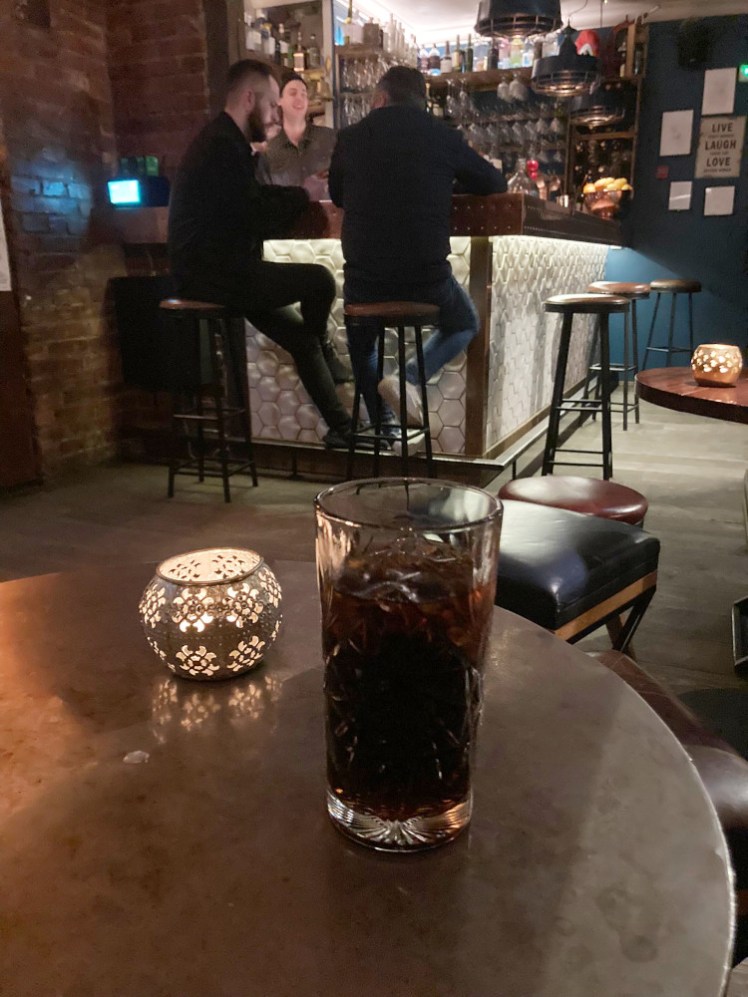
And really, that’s about it. Obviously, there are places that are unsafe. Those active warzones I mentioned, best to avoid those. There are places where you’ll need a local guide and probably armed security – I’m thinking specifically about climbing Mount Nyiragongo in DRC. I mean, things might have changed but that was the situation last time I was hearing about it. That’s where knowledge and research comes in handy.
I stick within Europe because of time and budget constraints so I know there’s very little I need to worry about in the way of security arrangements but if I was to venture further afield, the first place I would look is on gov.uk’s Foreign Travel Advice. As well as warnings about safety, security and terrorism, it includes a rundown of local laws and cultural differences – from things like “you need to be carrying your passport” to hiking advice – as well as requirements for passports, visas and vaccinations. This is aimed at a UK audience, so if you’re not from the UK, entry requirements may vary but the safety stuff will be applicable to everyone. It may also affect your insurance if you choose to go to a country or region the government has advised avoiding.

On the subject of vaccinations, health is definitely a safety consideration, if not perhaps the first one that comes to mind. Do you need vaccinations before you enter a country? Do you need to take malaria tablets and if so, for how long before and after? Do you need to take your own mosquito net? Should you be carrying your own supply of hypodermic needles in case of hospital-level emergencies? What medications can you buy out there and what do you need to take with you? What are you allowed to take with you? Can you drink water from the taps or do you need to rely on bottled water?
Back to insurance – I’ve already talked about this but do you have insurance? Does it cover everything it needs to? Is there anything you might accidentally do that invalidates it, like going to countries against government advice? Are you covered for all your adventurous activities? Illness? Cancellation? Special equipment or luggage? You can be as safe as you possibly can but if the worst comes to the worst, are you covered?
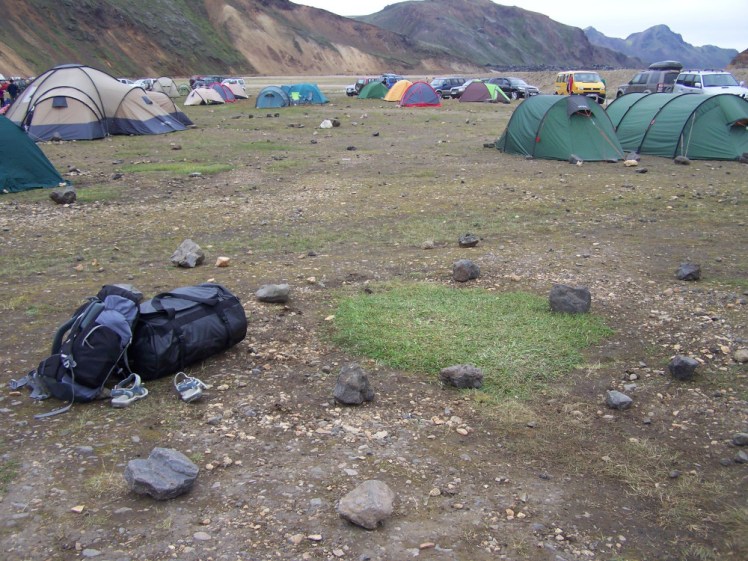
Those friends I talked about a while back, they’re a good safety precaution. There’s always safety in numbers. If you want to explore further afield or in more detail or just with someone to watch your back, go on a group tour, whether just for a day to a particular place or for your entire trip. I did two of them in Iceland this summer – Askja was a full day and kayaking on Jökulsárlón just an hour and a half, so there are options depending on how long you want to be around other people. I’d have destroyed the bottom of my car, drowned and/or got permanently lost if I’d driven out to Askja myself and I probably would have done something stupid on a very cold and very deep lagoon if I was let loose with a kayak. Definitely better to do that sort of thing with an expert.
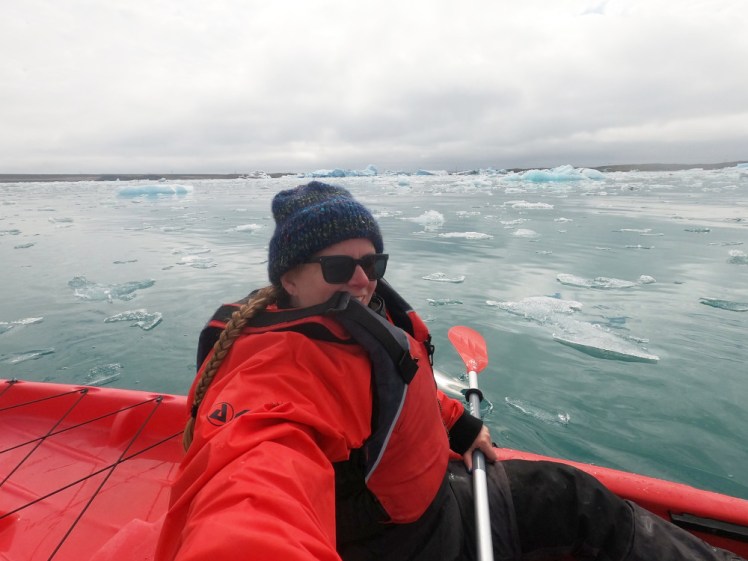
If you see something happening, walk away. Run away, if you need to. If you see a lot of people screaming, a lot of blue flashing lights, a lot of noise – get out of there. I know, I get it, you want to know what’s going on. But you can satisfy your curiosity from social media or local news later on. You do not want to get involved.
Don’t carry weapons. I see a lot of US-centric travellers who shout a lot about always carrying pepper spray. That is illegal in most of Europe. Needless to state, so are guns and knives. Besides, unless you really know what you’re doing and you can 1000% hold your nerve, if you get into a situation where you might need to use a weapon, there’s more chance of it being used on you than of you using it on someone else. Finally, even with self-defence, you’re likely to find yourself in some long-lasting legal trouble. If something happens, running and hiding are far better weapons than actual weapons.

If you’re on a road trip, it’s the same safety rules as at home. Wear your seatbelt, stick to the law, stick to the speed limit, don’t do anything stupid. If you’re tired, stop and rest or drink coffee or call it a day. Know who to call if something goes wrong with the car. Be able to deal with small things yourself, like a tyre losing enough pressure to set off the alert system or the washer fluid running out. Don’t pick up or get into cars with strangers. Yes, that’s me saying no to hitch-hiking. Obviously, I can’t, and I’m not going to, stop you but if you’re on your own and you’re concerned about safety, getting in a car with someone you don’t know – that seems like a bad idea to me. I know, 95% of people are nice and helpful and lovely but there’s no way of knowing if you’re getting in a car with the 5%. My grandmother did this, aged somewhere in her late 80s at the time, with the defence “Well, she was wearing a nice blouse!”. Nice blouses are no guarantee of safety.
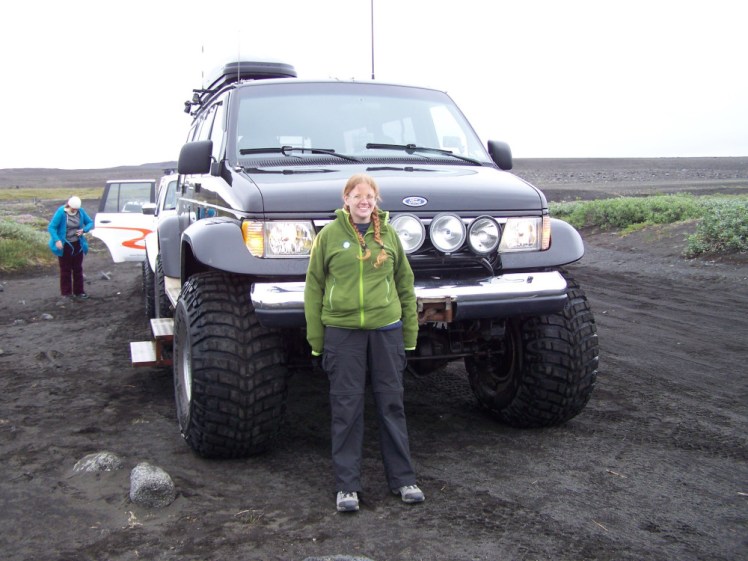
What else do you need to think about? Keep a certain amount of emergency cash at your accommodation, unless the accommodation is a tent. At the very least, keep enough to get home. I keep enough to get the bus back to the airport if I’m going by public transport. It’s no fun getting to your last day, getting to the bus stop and realising you don’t have the money to get on it. Oh yes, I did that. Switzerland, January 2nd or 3rd 2020. Spent all my francs in town and had to count out coppers to get back to the nearest station nine miles away. The bus driver saw the pile of coppers and went “yeah, that’s fine” without counting them, as I was still counting them out. Don’t put yourself in that situation. Maybe keep enough cash handy to get home, or at least back to your accommodation, at all times. Enough for a taxi back to safety. Enough to get a snack and a drink – a snack and a drink can be a lifesaver.
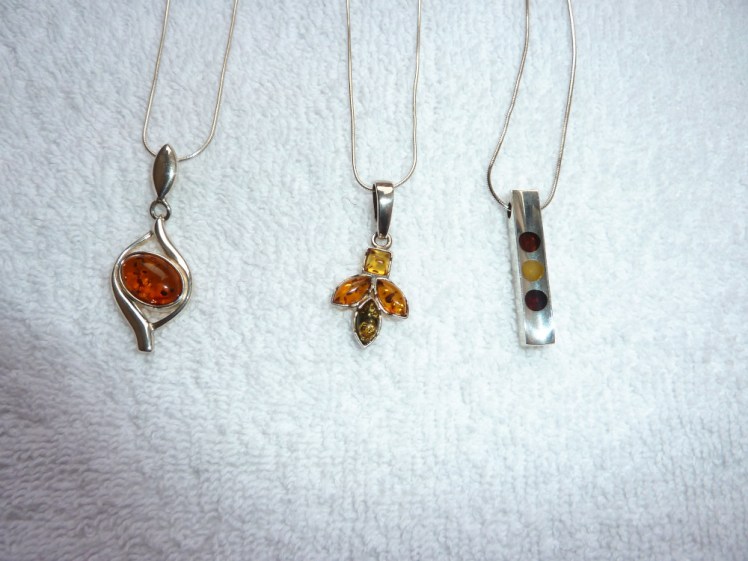
My dad would add “get a second credit card”. Now, in the US, I understand that’s something that’s so easy it’s become a financial hazard. In the UK, getting a credit card in the first place can be hard enough. I think I’ve talked about this before too but it’s better to use that credit card to get out of danger than it is to worry about paying it off later. That’s a problem for Future You to deal with and Future You should be happy that she’s alive and well enough to worry about it.
Be aware of your surroundings. Don’t walk around with your nose in your phone. I personally wouldn’t walk around with earphones in. I know in some cases it can signal “I don’t want you to talk to me” but I’ve never had strangers try to strike up conversations anyway and I like to be able to hear what’s going on around me. Keep an eye on where you’re walking so you don’t trip over tree roots or uneven pavements or step out into the road – honestly, these are more likely hazards than walking straight into a kidnapper.
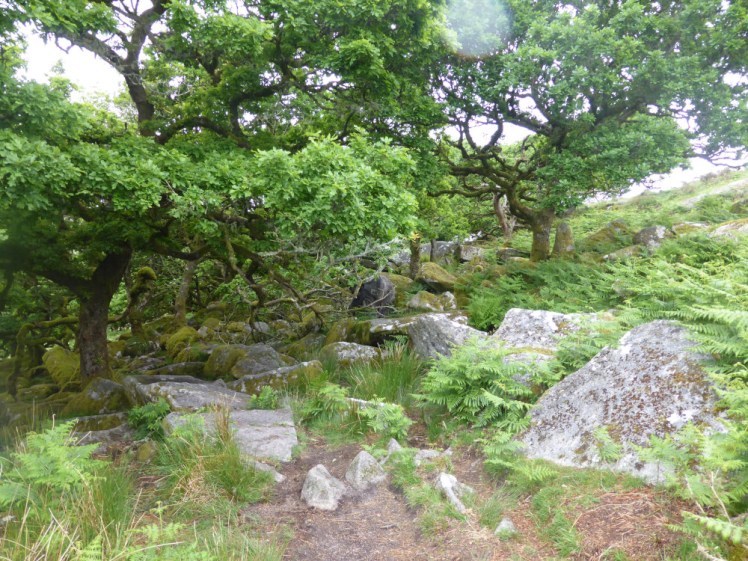
On that note, I’m going to finish by pointing out that no matter what your mum says or no matter what the internet says, the world isn’t such a dangerous place. You need to be aware and you need to take certain precautions but in general – says the slightly-older white European woman – the world isn’t out to get you and you don’t need to face your adventures in a metaphorical bulletproof vest.